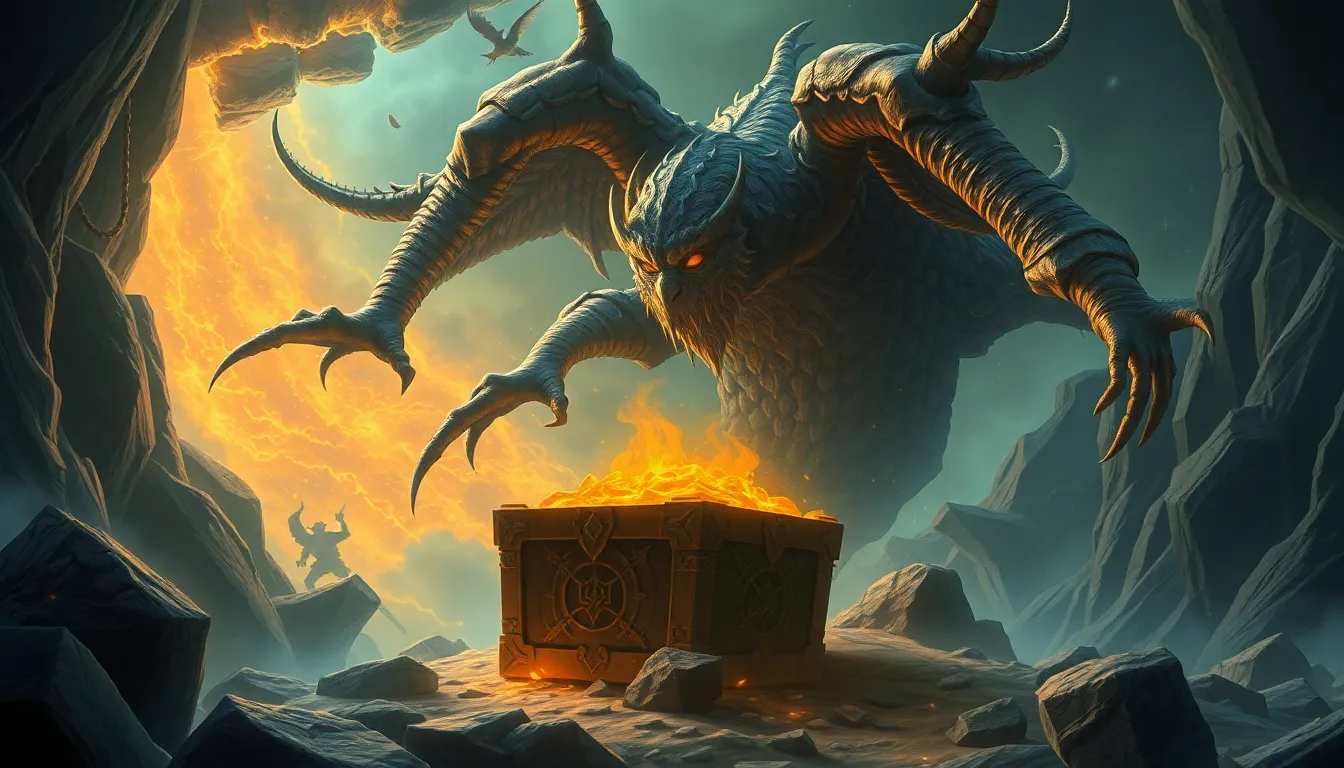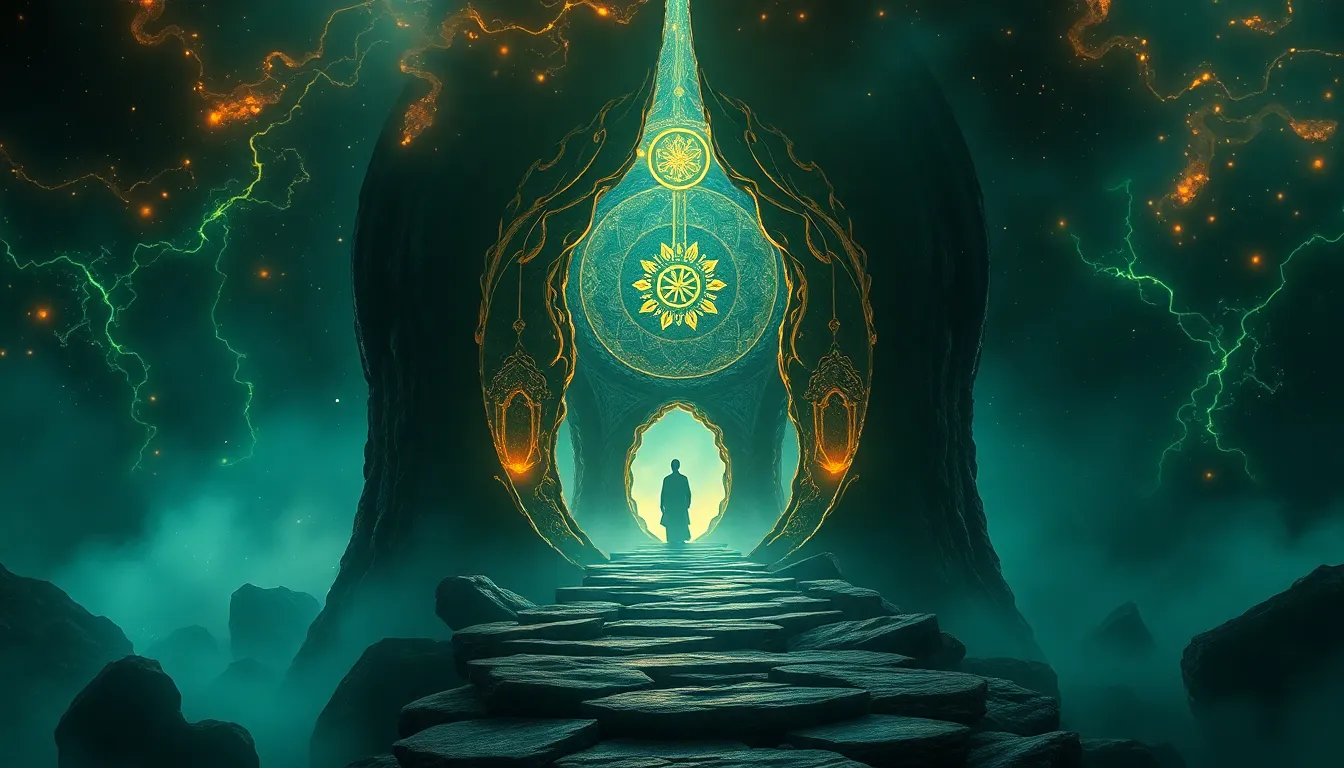The Quest for the Sacred Bond: Myths of Connection
I. Introduction to Sacred Bonds
Sacred bonds are the deep, often spiritual connections that individuals form with one another or with the world around them. These connections can manifest in familial ties, friendships, romantic relationships, or even the bond between humanity and nature. The importance of connection in the human experience cannot be overstated; it is through these relationships that we find meaning, support, and a sense of belonging.
Myths and stories have played a crucial role in shaping our understanding of these sacred bonds. They serve not only as narratives that entertain but also as frameworks that influence our beliefs about connection and provide guidance on how to nurture and honor these relationships.
II. Historical Perspectives on Connection
Throughout history, ancient civilizations have woven myths about connection into the very fabric of their societies. For instance, the Greeks spoke of the bond between gods and mortals, illustrating how divine connections could impact human lives. Similarly, the many stories from Native American cultures emphasize the interconnectedness of all beings and the sacredness of the earth.
- Ancient Civilizations: From the epic tales of Gilgamesh in Mesopotamia to the legends of ancient Egypt, myths often highlight the importance of bonds, both human and divine.
- Community Bonding: Mythology has historically served as a tool for community bonding, reinforcing shared values and collective identities.
- Evolution of Sacred Bonds: Over time, the concept of sacred bonds has evolved, reflecting changes in societal structures, religious beliefs, and cultural practices.
III. The Archetypes of Connection in Mythology
Mythology is rich with archetypes that illustrate the various forms of connection. These archetypes often embody universal themes that resonate across cultures and time periods.
- The Hero’s Journey: Many myths center around a hero who embarks on a journey to seek connection, whether it be with a loved one or a greater purpose. This quest often involves trials that highlight the importance of relationships and support.
- The Lover’s Bond: Myths of romance, such as the tragic love of Orpheus and Eurydice, showcase how love can transcend time and space, emphasizing the sacredness of romantic connections.
- The Mentor-Disciple Relationship: Stories like that of Buddha and his disciples illustrate how wisdom is transmitted through connection, fostering growth and understanding.
IV. Cultural Variations in Myths of Connection
Different cultures offer unique interpretations of connection through their myths and stories. These variations highlight the diversity of human experience while also revealing common threads.
- Western Myths: From the Greek myths of love and friendship to modern tales in literature and film, Western narratives often emphasize individualism within connections.
- Eastern Philosophies: Eastern traditions, such as Buddhism and Hinduism, often focus on the interconnectedness of all beings and the importance of community and harmony.
- Indigenous Narratives: Many indigenous cultures emphasize the sacredness of nature and community bonds, intertwining their myths with environmental stewardship and respect for ancestral ties.
V. The Psychological Impact of Myths of Connection
Myths have a profound impact on our understanding of relationships, shaping how we perceive and engage with others. They serve as powerful narratives that can foster a sense of belonging and identity.
- Shaping Relationships: Myths provide archetypes that individuals can relate to, influencing how we form and maintain our connections.
- Storytelling: The act of storytelling itself fosters connection, as shared narratives create bonds between individuals and communities.
- Psychological Benefits: Believing in sacred bonds can lead to increased well-being, resilience, and a sense of purpose in life.
VI. Modern Interpretations of Sacred Bonds
In today’s rapidly changing world, the relevance of sacred bonds and the myths surrounding them remains significant. Contemporary myths often reflect the challenges and triumphs of modern relationships.
- Contemporary Myths: New narratives are emerging that speak to the complexities of connection in the digital age, such as stories of online friendships and the search for intimacy in a disconnected world.
- Impact of Technology: While technology can enhance connections, it can also create barriers, prompting us to redefine what sacred bonds mean in a globalized society.
- Reimagining Connections: As we navigate cultural shifts, there is an opportunity to reimagine sacred bonds that honor diverse experiences and foster inclusivity.
VII. The Role of Rituals in Strengthening Connections
Rituals, often rooted in myth, serve to strengthen the bonds between individuals and communities. They provide a means of celebrating connections and marking significant life transitions.
- Communal Rituals: Myths inspire rituals that bring people together, such as harvest festivals or rites of passage that celebrate milestones in life.
- Rites of Passage: In various cultures, rituals such as birth ceremonies, weddings, and funerals underscore the importance of connection at different life stages.
- Modern Rituals: Today, celebrations like family reunions or community gatherings can be seen as modern expressions of ancient rituals, reinforcing our connections.
VIII. Conflict and Connection: Myths of Separation
Myths also explore the duality of connection and disconnection. Many stories illustrate how conflict arises from broken bonds, offering lessons on the importance of healing and reconciliation.
- Duality in Myths: Stories often depict the struggle between connection and separation, highlighting the emotional turmoil that can arise when bonds are broken.
- Stories of Conflict: Myths such as the tale of Romeo and Juliet illustrate how external forces can threaten sacred bonds, leading to tragic outcomes.
- Lessons Learned: These narratives teach us about the necessity of communication, understanding, and the effort required to maintain connections.
IX. The Future of Sacred Bonds
As society evolves, so too does the nature of connection. The future of sacred bonds will likely involve new myths that reflect the changing dynamics of relationships in an increasingly interconnected world.
- Evolving Nature: The rise of virtual relationships and globalization may give rise to new narratives that address the complexities of modern connections.
- Potential New Myths: Future myths may focus on themes of inclusivity, diversity, and the importance of empathy in fostering understanding across cultures.
- Nurturing Sacred Bonds: In a rapidly changing world, it will be crucial to prioritize and nurture sacred bonds to ensure a sense of belonging and community.
X. Conclusion: Embracing the Myths of Connection
The myths of connection remain enduringly relevant, shaping our understanding of relationships and guiding our interactions with others. As we navigate the complexities of modern life, it is essential to recognize and foster these sacred bonds.
By embracing the lessons found in myths, we can cultivate deeper connections that enrich our lives and strengthen our communities. Let us embark on the quest for connection, honoring the sacred bonds that unite us all.



